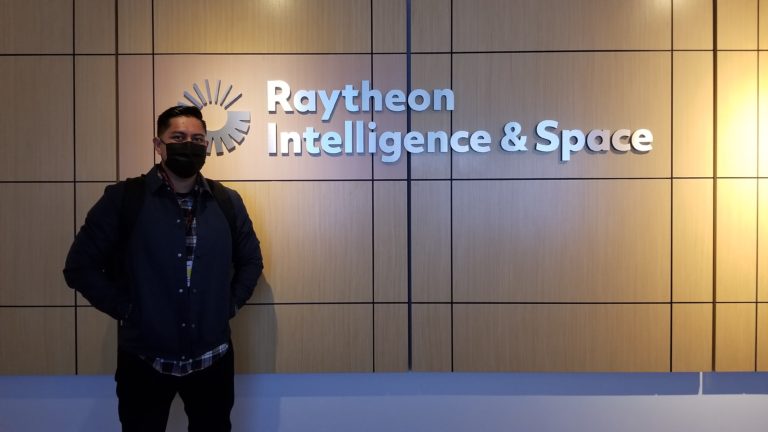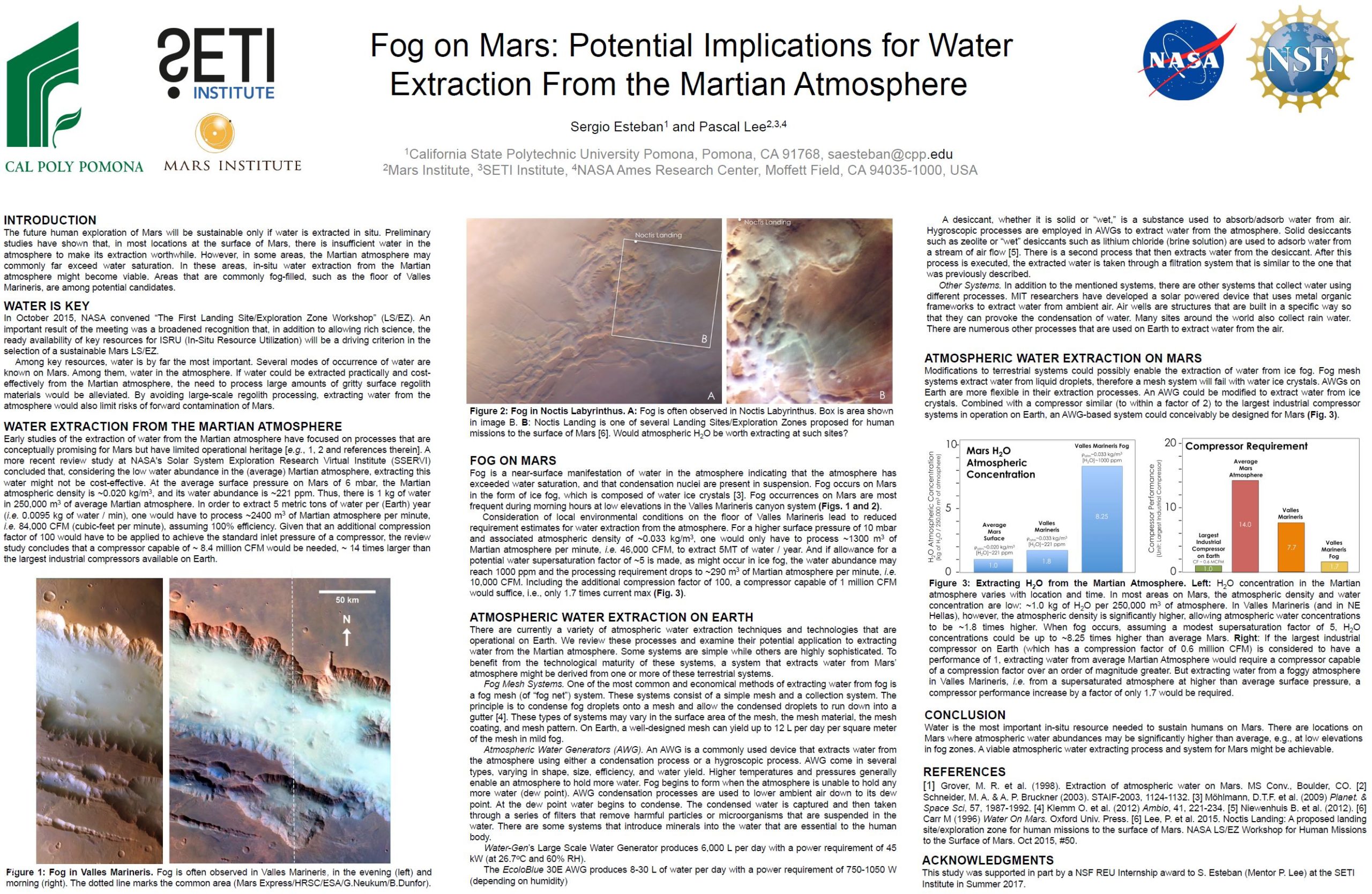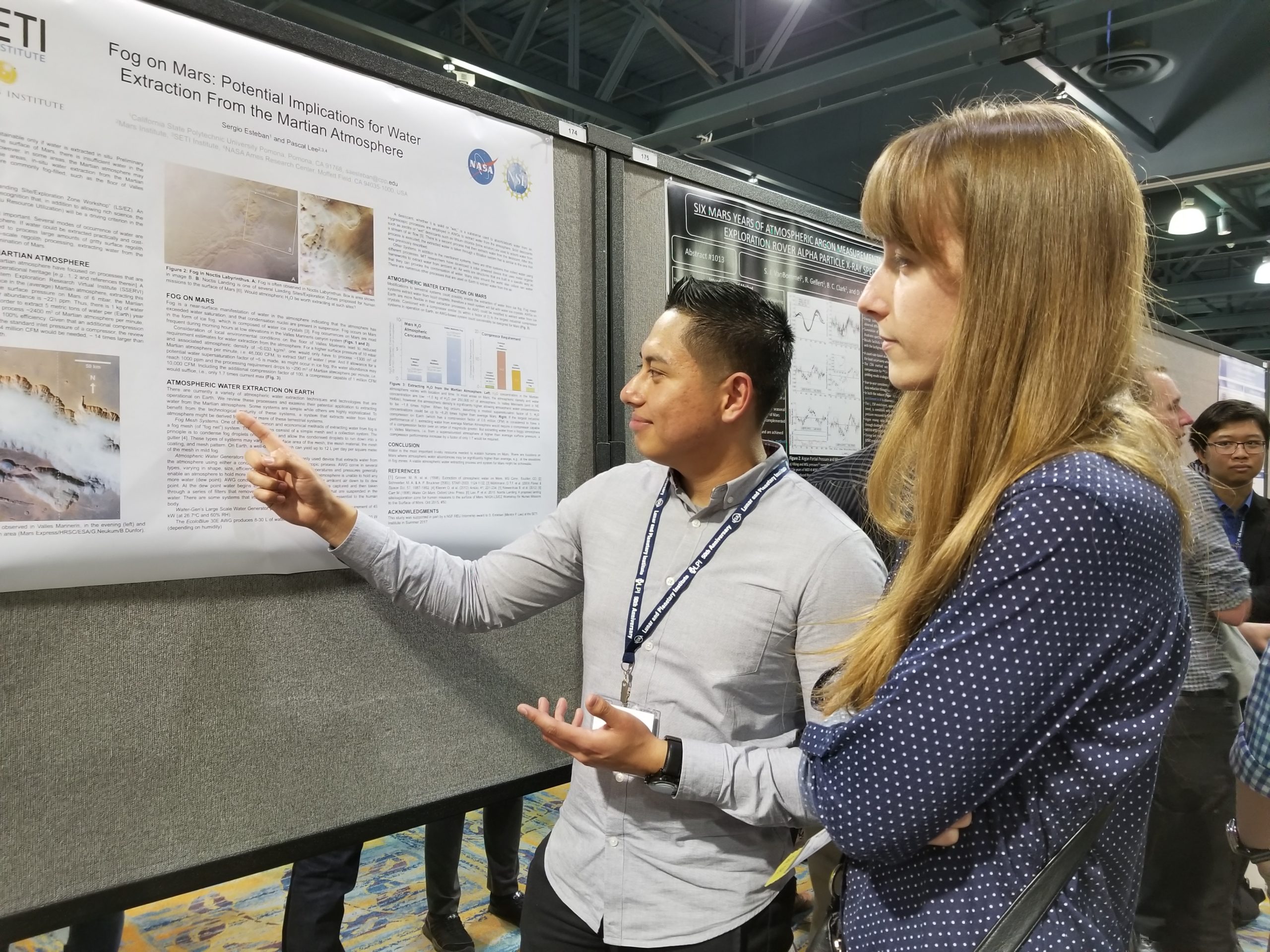Research & Work Experience
This page showcases my research and work experiences. See my resume for more details about each experience.

** Note: Due to the confidential nature of my work at MIT Lincoln Lab, I am unable to share photos or all details of my work. **
For this research, I worked with MIT Lincoln Lab’s Integrated Systems and Concepts group. This internship was a direct result of being awarded the GEM Ph.D. Fellowship.
Low Earth Orbit to Ground Tracking Research:
- Designed and fabricated a 3D printed gimbal to serve as a testbed for the development of novel control algorithms for tracking in low orbit space to ground tracking. I developed a crude state space control algorithm for initial testing.
- Developed test fixtures and test scripts for servo motors. The idea was to characterize servo motor performance for long-range air to ground tracking.


** Note: Due to the confidential nature of my work at Raytheon, I am unable to share all photos or details of my work. **
Mechanical Engineer I:
- Designed support and test equipment for space hardware.
- Wrote Python scripts for hardware testing automation.
- Supported thermal-vacuum testing efforts.
- Generated and revised drawings for support and test equipment as well as space hardware.
 Lab Testing
Lab Testing Lab Testing
Lab Testing Lab Testing
Lab Testing Field Testing
Field Testing Field Testing
Field Testing Field Testing
Field Testing Stanford SURF Research Poster Competition
Stanford SURF Research Poster Competition Stanford SURF Research Poster Competition
Stanford SURF Research Poster Competition
Unmanned Aerial Vehicle (UAV) Waypoint Following for Antarctica Ecological Surveying research:
For this research, I programmed quadcopters to autonomously follow a predetermined set of waypoints for ecological surveying of Adélie Penguins in Antarctica. My advisor was Dr. Mac Schwager.
- Lab Testing: Quadcopters were used in an OptiTrack room to test waypoint following algorithms. The Robot Operating System (ROS) was used to interface with the room. I manually flew quadcopters for hardware checks.
- Field Testing: DJI Matrice 100 drones with gimbal-equipped cameras were used for field testing. The photos show an example waypoint path for two quadcopters (using UgCS). The waypoints are the orange nodes from the rectilinear path. An image with a toy penguin was captured during field testing.
- Stanford SURF Research Poster Competition: The poster of my research granted me the second place award among a pool of forty other SURF scholars.
Click to see demo

 Spacecraft Assembly Facility
Spacecraft Assembly Facility Spacecraft Assembly Facility
Spacecraft Assembly Facility Static Testing
Static Testing Variable Center of Gravity Fixture
Variable Center of Gravity Fixture Variable Center of Gravity Fixture
Variable Center of Gravity Fixture Variable Center of Gravity Fixture
Variable Center of Gravity Fixture Scarecrow Rover
Scarecrow Rover Mars Yard
Mars Yard RoboSimian Robot
RoboSimian Robot
** Note: Due to the confidential nature of my work at NASA JPL, I am unable to share all photos or details of my work. **
MArs Perseverance rover:
At the NASA Jet Propulsion Laboratory (JPL), I worked with a team of mobility engineers and flight technicians to build the rover mobility system, stress test its sub-assemblies, and integrate it onto the rover’s chassis in a cleanroom.
- I commanded the Scarecrow rover for Mars Perseverance Rover requirements validation. Testing was carried out on JPL’s Mars Yard.
- A mobility engineer and I led a group of flight technicians and built a variable center of gravity fixture. The variable center of gravity fixture (pink) was used to facilitate the handling of the Mars Perseverance Rover mobility subsystem. A photo was taken from the Spacecraft Assembly Facility (SAF) viewing window during an application of the fixture. I was present inside SAF for mobility work that involved the use of the fixture.
RoboSimian Robot Mechanical design research:
- The RoboSimian robot has different modes of locomotion. The robot’s mobility was hindered by it’s old cantilevered wheel design. Components of the old wheel assembly design repeatedly snagged on jagged terrain. I designed a new ”fork” style wheel assembly to avoid the snagging that impedes the robot’s mobility. Image Credit: NASA JPL/Caltech.

 Gimbal
Gimbal Gimbal
Gimbal Gimbal
Gimbal Gimbal
Gimbal Gimbal
Gimbal Gimbal
Gimbal
Two-Axis Gimbal System for Mars Perseverance scout Helicopter Safety Research:
I designed, fabricated, and programmed a complete two-axis gimbal system for the Autonomous Mechanical Bipedal Experimental Robotics (AMBER) Lab’s autonomous unmanned aerial vehicle (UAV) safety research. The gimbal system was made for a UAV platform to test Mars Perseverance Scout Helicopter safety-critical control algorithms. My advisor was Dr. Aaron Ames.
The gimbal system is attached to the underside of the UAV platform. Two servos enabled actuation for the two degrees of freedom. I fabricated most of the gimbal system in Caltech’s Jim Hall design and prototyping lab. The bottom side of the gimbal system has a custom printed circuit board (PCB) with LIDAR and ultrasonic sensors. A Teensy 3.2 board was programmed to command the servos using an inertial measurement unit (IMU). The gimbal was working very well but further calibration and increasing the complexity of the gimbal control algorithm would have increased its performance. In total, there were three versions of the gimbal system. The final version has the red PCB attached.
Click to see demo

 Research
Research 49th Lunar and Planetary Science Conference
49th Lunar and Planetary Science Conference Cal Poly Pomona Research Symposium
Cal Poly Pomona Research Symposium SETI Institute Lightning Talks
SETI Institute Lightning Talks
Water Extraction from Mars' Atmosphere Research:
At the SETI Institute, I worked with a planetary scientist on investigating the feasibility of having an atmospheric water generator that extracts water from Mars’ atmosphere for Mars human exploration in-situ resource utilization (ISRU) purposes. I presented this work at the 49th Lunar and Planetary Science Conference (LPSC) via an abstract and poster, at SETI Institue’s Lightning Talks via a talk, and at Cal Poly Pomona’s Summer Research Symposium via a talk. My advisor was Dr. Pascal Lee.